How to Grow Opium: A Step-by-Step Guide to Growing Poppies
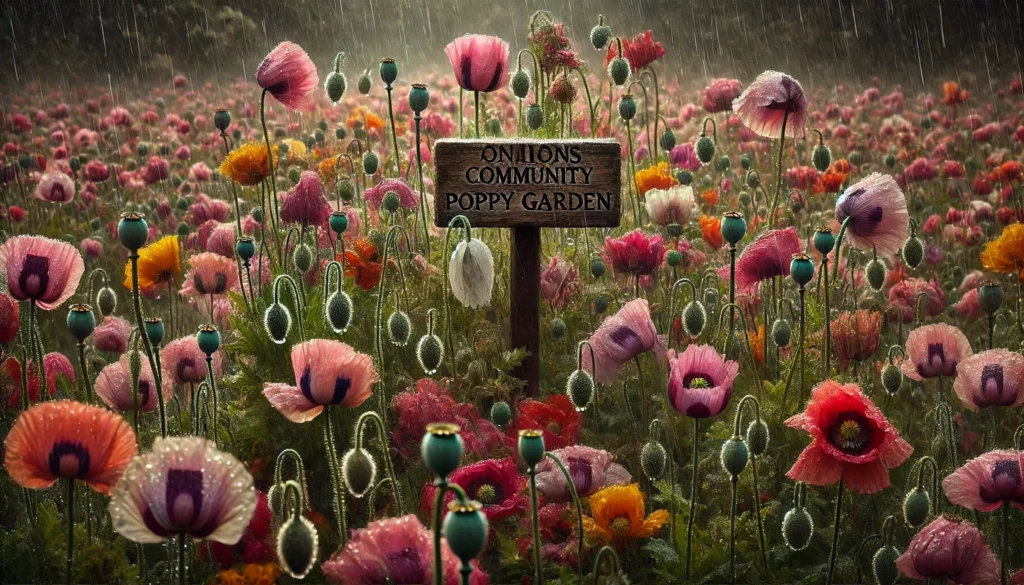
For centuries, opium poppies have shaped medicine and fueled acts of rebellion. Ancient civilizations harnessed their potent properties, while modern innovators grow them to reclaim autonomy. Cultivating opium poppies connects you to this rich tradition, whether you’re exploring personal gardening or learning to extract morphine from raw latex.
This guide will show you how to grow opium poppies—from selecting seeds and planting to harvesting raw opium and extracting morphine. This journey isn’t just about cultivation; it’s about reclaiming control, reconnecting with nature, and rediscovering ancient pharmaceutical wisdom. Growing opium is more than the end product—it’s about the empowerment that comes with the process.
Opium poppies have been used since 3400 BCE, first called the “joy plant” in Mesopotamia for their pain-relieving effects. Today, morphine and its derivatives remain the cornerstone of modern pain management therapy. The majority of these compounds still start their lives in the pod of a poppy. Now all poppies are created equally, however, and choosing the right poppy variety is key—let’s start your journey.
Which Variety of Poppies are best for Growing Opium?
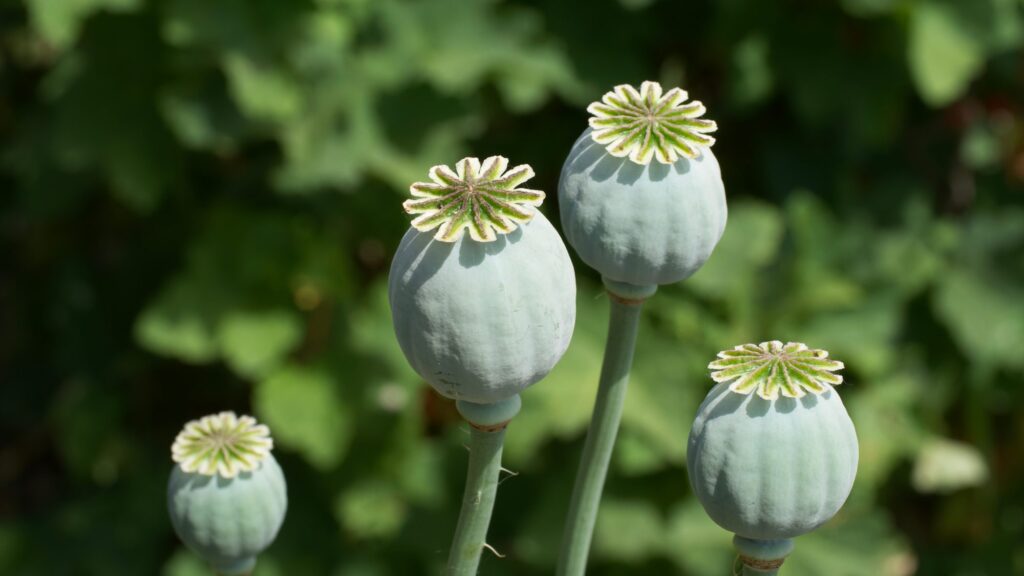
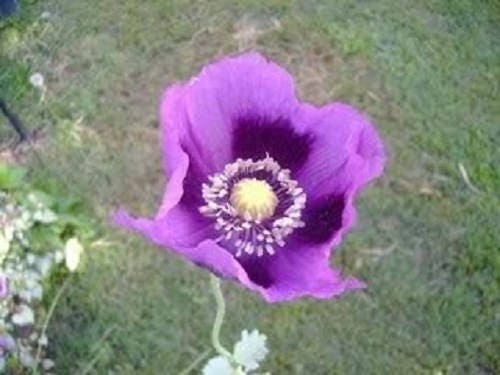
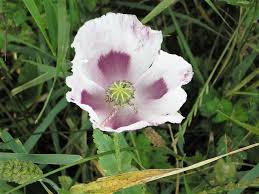
Choosing the right opium poppy variety ensures high alkaloid content and successful cultivation. The species Papaver somniferum is the gold standard, bred for its rich morphine and codeine levels, ideal for medicinal and exploratory purposes. Varieties like Persian White and Tasmanian Purple are known for potent latex production and robust growth.
When selecting seeds, avoid ornamental types like California Poppies or hybrids such as Corn Poppies. These are often bred for aesthetics rather than alkaloid yield, and bright, unnatural colors are usually a red flag. Instead, purchase seeds from reputable suppliers specializing in traditional P. somniferum cultivation.
Consider your climate as well. While most P. somniferum varieties thrive in temperate regions, some strains perform better in specific environments. Researching and choosing a strain suited to your conditions maximizes your crop’s potential and sets the stage for a successful harvest.
Preparing the Soil for Growing Opium
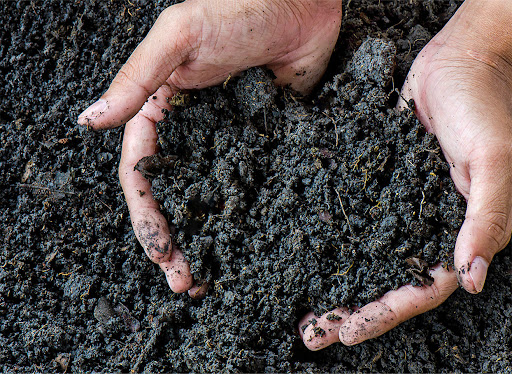
To grow opium poppies, start with proper soil preparation. These plants thrive in well-drained, slightly alkaline soil, similar to their native environments in Asia and the Mediterranean. Choose a sunny location that gets at least six hours of direct sunlight daily.
Loosen the soil to a depth of 6–8 inches, removing weeds and debris that compete for nutrients. Test the soil’s pH and aim for a range of 6.0 to 7.5. If the soil is too acidic, amend it with lime to balance the pH and create an ideal environment for growth.
Ensure good drainage—poppies cannot tolerate waterlogged soil. For dense or clay-heavy soil, mix in compost or sand to improve drainage and add nutrients. These steps create the perfect foundation for healthy poppies, helping them grow strong and produce robust seed pods.
Planting Your Opium Poppies
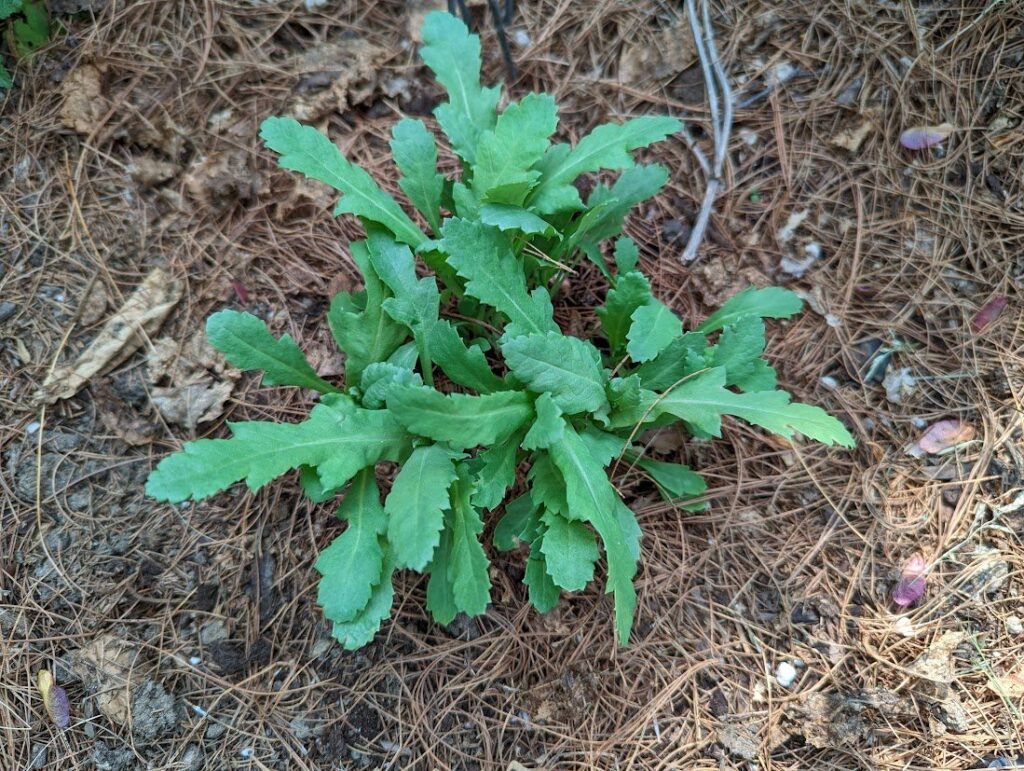
To plant opium poppies, start once your soil is ready. Poppies thrive when planted in early spring after frost danger has passed, with soil warmed to at least 50°F (10°C). Scatter the seeds directly onto the soil surface, as poppies don’t transplant well. Gently press the seeds into the soil with your hands or a flat board to ensure firm contact. Avoid burying them deeply—a light soil covering works best.
Space seeds 4–6 inches apart to allow room for large flowers and seed pods. Seedlings typically emerge in 7–10 days. Poppies prefer cool conditions, so water moderately and avoid intense summer heat during early growth. By following these steps, you’ll cultivate healthy opium poppies and enjoy the fruits of your effort when it’s time to harvest their morphine-rich pods.
Caring for Your Opium Poppies as They Grow
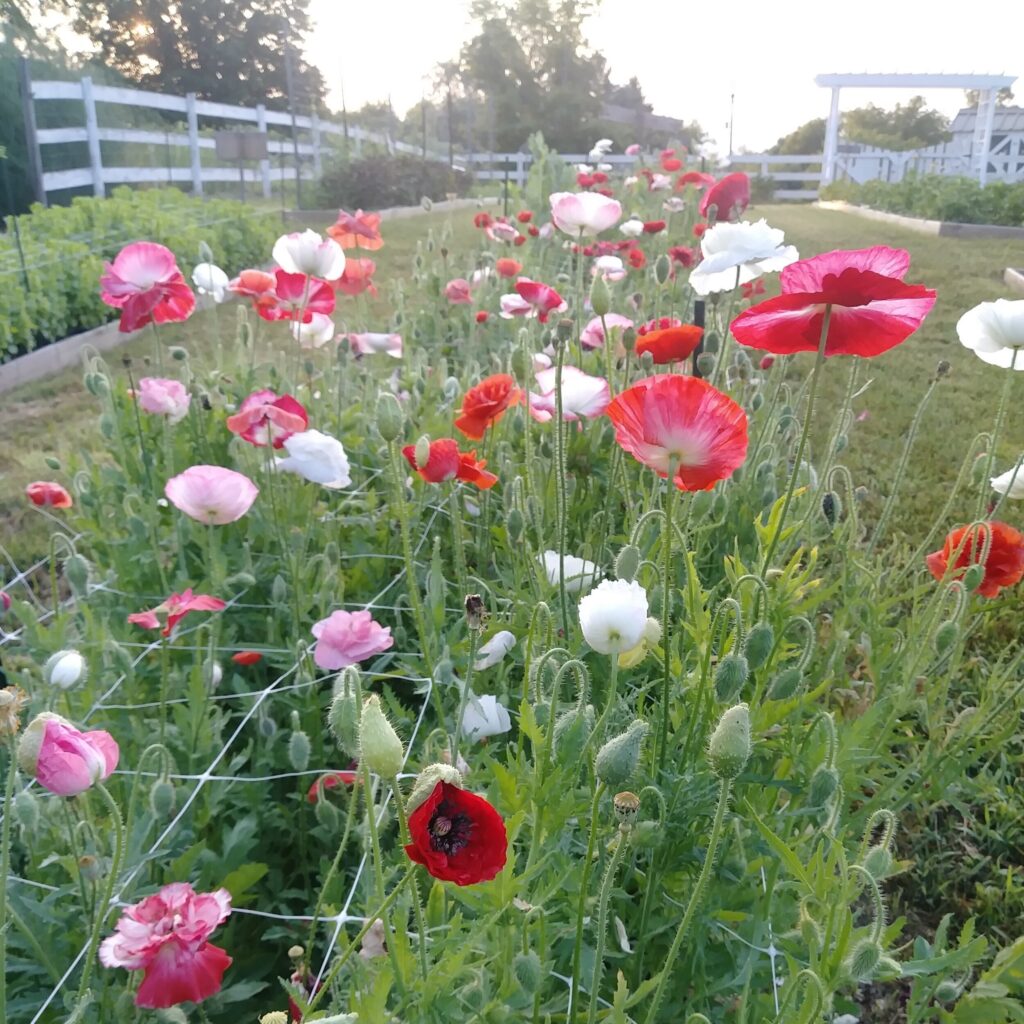
Once your opium poppies are planted, focus on providing proper care to ensure healthy growth. While poppies are low-maintenance, they need consistent attention. Keep the soil moderately moist, avoiding waterlogging to prevent root rot. In the early stages, ensure the soil doesn’t dry out completely. Once established, poppies become more drought-tolerant.
Apply a balanced, slow-release fertilizer sparingly. Avoid excessive nitrogen, as it promotes foliage growth over flowers and pods. Watch for common pests like aphids and slugs, which can harm plants and pods. Use organic pest control, such as neem oil or ladybugs, to manage infestations. If plants show nutrient deficiencies, a light compost application can help them recover.
As poppies mature, they bloom and develop seed pods. When the flowers fade and pods swell, your efforts will pay off—it’s time to prepare for the next phase: harvesting the morphine-rich opium latex.
The Blossoming Phase: Watch for the Pods to Form
As your opium poppies grow, the blooming process reveals their true potential. Large, vibrant flowers in shades from white to deep purple steal the spotlight. However, the real stars emerge as the blooms fade—the seed pods. These pods hold the latex, the raw material for morphine extraction.
Growing opium goes beyond admiring petals; it’s about unlocking the plant’s full potential. Watch for the key moment: wilted flowers and swollen pods filled with latex. Harvest at just the right time—too early, and the pods are immature; too late, and the latex dries up.
At this stage, the plant’s natural substances peak, a point long controlled by governments and pharmaceutical giants. For you, the rebel gardener, it’s an act of independence. With care and timing, the opium poppy connects you to a rich history of plant-based medicine—and a quiet defiance against centuries of regulation.
Harvesting the Opium: The Latex Extraction Process
When it’s time to harvest your opium poppies, you’ll know by their swollen seed pods, ready to release latex—the morphine-rich substance. Timing is crucial. Harvest too soon, and the latex won’t be viable; wait too long, and it may dry out. Pay close attention to hit the perfect window.
Use a sharp knife to make shallow cuts on the pod surfaces without damaging them. Latex will ooze out almost immediately. Collect it quickly, scraping it off with a small blade or spoon before it hardens. Once gathered, the raw latex forms small, hardened lumps—opium, ready for further processing to extract morphine.
Here’s the twist: while the government and pharma giants have monopolized the opium trade, you’re reclaiming control. By growing and harvesting opium yourself, you’re bypassing the system, asserting independence, and mastering plant-based medicine on your own terms.
Store the hardened latex in a cool, dry place. With this act of defiance, you’re not just growing opium—you’re making a statement. Next comes refining the morphine, but for now, savor the moment. You’ve taken control, far from the reach of regulations and authority.
Extracting the Morphine: From Latex to Pure Power
After harvesting the opium latex, the next step is extracting morphine—the compound that has defined the poppy’s legacy for centuries. This process involves basic chemistry to separate morphine from the raw opium. While governments and pharmaceutical companies monopolize this process, you’re now ready to unlock the full potential of your effort.
Start by dissolving the opium latex in water or alcohol to create a solution. Filter this mixture to remove impurities and non-alkaloid substances. Next, evaporate the solvent to concentrate the extract. At this stage, morphine alkaloids begin separating from other compounds. To purify further, use acid-base extraction. By carefully adjusting the pH, you can isolate pure morphine from the opium extract. The final result is a powerful, purified form of morphine suitable for various applications.
This simplified guide introduces you to the complexity and significance of the process. More importantly, it represents your triumph over systems designed to monopolize this knowledge. By mastering every stage—from cultivation to extraction—you’ve reclaimed control over one of nature’s most potent substances. This isn’t just about making morphine; it’s about reclaiming autonomy and redefining who controls what we put into our bodies.
Using the Morphine: Embracing Natural Pain Relief
After harvesting and processing your opium poppies, you’ve reached a key milestone in cultivating morphine, a cornerstone of pain management for centuries. With its powerful analgesic properties, morphine has long provided relief to those in need. By growing your own source, you’re embracing an ancient tradition of natural remedies for health and wellness.
Responsible use is essential. Morphine offers immense benefits but carries risks of dependence if misused. Take time to educate yourself on safe practices, and seek advice from professionals who value alternative approaches to medicine. This knowledge ensures you gain the benefits while minimizing harm.
By cultivating and utilizing your own opium poppies, you’re asserting autonomy in a system dominated by corporate control and restrictive regulations. This isn’t just about producing morphine—it’s about reclaiming your right to manage your health on your own terms. Your efforts symbolize self-reliance and a quiet defiance against monopolized medicine.
Cultivating Independence and Challenging the Status Quo
Your journey from planting seeds to harvesting potent morphine is more than gardening—it’s a declaration of independence. By mastering the process of growing opium, you’ve embraced self-sufficiency and challenged societal norms and government control.
This experience connects you to the ancient traditions of herbalists and healers who trusted nature for remedies. At the same time, it places you among modern rebels questioning why such powerful natural substances are so tightly regulated. Growing opium isn’t just about the plant; it’s about fostering a mindset of defiance and self-reliance.
Share your story with the oniions community. Your experiences can inspire others to explore self-sufficiency and challenge the systems that restrict access to nature’s resources. Remember, rebellion begins with a single step—or a single seed. Keep questioning, keep growing, and continue cultivating both your garden and your independence.
Leave a Reply